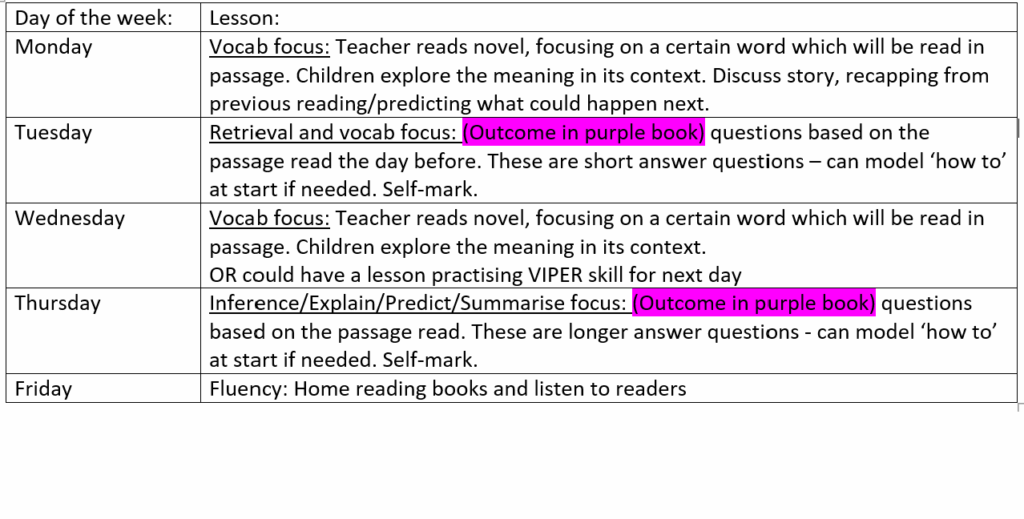Home » Reading
Curriculum
Reading is at the heart of life at St Mary’s. From early phonics to novel study in older year groups, we nurture confident, fluent readers who love books. Our approach combines rigorous teaching with joyful, shared reading experiences — helping every child explore stories, language, and ideas with curiosity and enthusiasm.
What we do:
At St Mary’s, reading is taught in a progressive and systematic way, beginning in Reception and Year One with the ‘Little Wandle’ early reading programme and then later through the Book Bands system.
Our reading strategy is based on developing a love of reading through sharing whole class story time on a daily basis, engaging with families and inviting them to read with us, celebrating authors that we love and enjoy and in making recommendations to one another about books we’ve read. Alongside these strategies to build a passion for reading, we teach reading skills rigorously, so that reading becomes easy for our children to engage with.
Early Reading:
In Reception, Year 1 and the first half term of Year 2, children are taught to read through our Systematic, Synthetic Phonics programme (Little Wandle) and they read with their teachers 3 times per week to develop fluency, prosody and comprehension. For children who find reading hard or who fall behind we use the ‘Keep Up’ approach (Little Wandle) and deliver interventions to make sure children catch up quickly. Progress in reading fluency and comprehension in Year 1 and Reception is assessed every half term.
Years 2 – 6:
Reading lessons are taught daily across the school. Reading skills are taught under the heading of: Vocabulary, Inference, Predict, Explain, Retrieve and Summarise / Sequence. These are known in school as VIPERS. Our National Curriculum Progression documents map out which objectives and VIPERS are taught in each year group.
We call our reading teaching approach- Novel Study. The sequence of teaching and lessons follows a weekly pattern that supports progress in reading skill as well as enjoyment of great quality texts. Each class reads a book per term and teachers plan reading activities linked to this text. (Some of which include: The firework makers daughter by Philip Pullman, October October by Katya Balen and A Kind of Spark by Elle McNicoll.)

Reception, Year 1 and Year 2 (Autumn Term):
In-school group reading: Children read Phonics Matched Books through the Little Wandle programme.
Fluency reading at home: A Phonics Matched Book from the wider scheme is sent home for additional practice.
Family reading: Children choose a free-choice, age-appropriate book for adults to read with them or to them at home.
Year 2 (Spring and Summer Terms):
In-school group reading: Children begin reading a book banded book at their individual level with a teacher on Fridays.
Fluency reading at home: The same book banded book is sent home to be read with family.
Family reading: Children continue to choose a free-choice, age-appropriate book for shared reading with adults.
Years 3 to 6:
In-school group reading: Children read a book banded book at their level with a teacher every Friday.
Fluency reading at home: This book is taken home and read either independently or with family.
Family reading: Children may also bring home a free-choice book to support reading for pleasure.
Reading National Curriculum Ladders linked to VIPERS